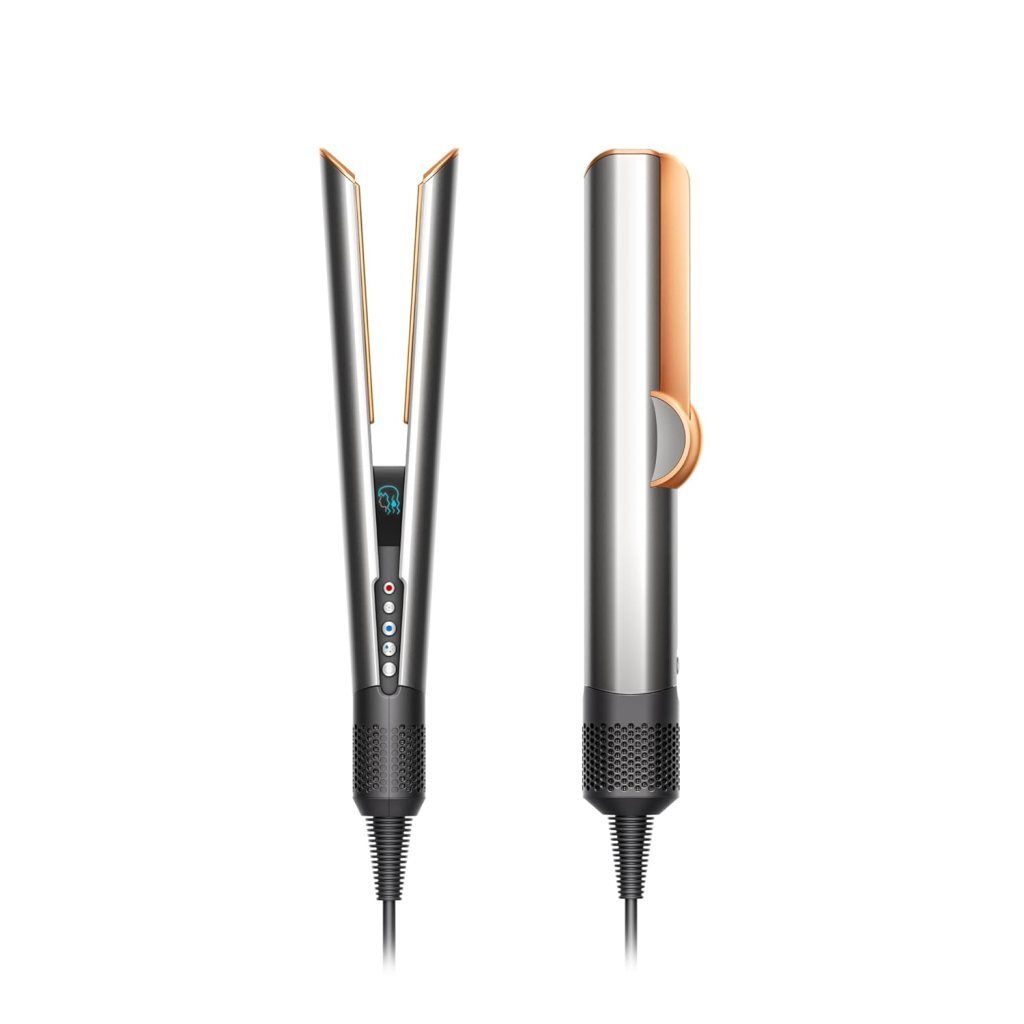- Ark's Newsletter
- Posts
- Why Healthy Soil Might Be the Secret to a Longer, Better Life
Why Healthy Soil Might Be the Secret to a Longer, Better Life
How the Earth Beneath Us Affects Our Health, Happiness, and Future

The Living Soil: Reconnecting with Earth’s Largest Ecosystem
A single teaspoon of soil contains more living organisms than there are humans on Earth—over 8 billion microbes, fungi, and invertebrates. These tiny creatures process nutrients, break down organic matter, and form the foundation for 95% of global food production. For 4 million years, humans could read the health of an ecosystem from a handful of dirt. Dark soil indicated 25% higher moisture content, specific smells signaled nitrogen-fixing bacteria, and textures revealed clay content and drainage. Our ancestors could even taste soil pH, feel moisture levels, and assess fertility by observing nearby plants. This was survival science.

Co-Evolution with Soil
Modern science is now uncovering what ancient humans instinctively knew: we didn’t just live on soil; we co-evolved with it. Our gut microbiome shares 70% of its bacterial families with healthy soil. Studies show children raised on farms, often with hands in the dirt, have 40% lower rates of asthma and allergies. Those with the most diverse gut bacteria spent the most time outdoors. A soil bacterium, Mycobacterium vaccae, found in healthy soil worldwide, boosts serotonin production when inhaled, acting as a natural antidepressant. Research from the University of Colorado shows contact with this bacterium reduces anxiety and improves cognitive function for up to three weeks.

The Cost of Disconnection
Yet, we’ve drifted far from this symbiotic relationship. In the last 150 years, half of our topsoil has vanished, and 75% of soil diversity in agricultural areas has been lost, largely due to industrial practices treating ecosystems like factory floors. The average American now spends 93% of their time indoors, reducing human-soil contact by 90% in just 50 years. The health consequences are stark: autoimmune diseases have surged by 300% since 1950. The hygiene hypothesis suggests over-sanitization is making us ill by depriving us of the microbes that kept our ancestors healthy.

Reconnecting with Soil
Reconnecting is simple and profound. Just 40 minutes of bare skin contact with earth can reduce cortisol levels by 23% and improve sleep quality. Soil’s resilience is remarkable—one gram of healthy soil can recover from almost anything if given a chance. Dark soil, with 3-5% organic matter, holds more water; white sandy soil drains quickly and needs extra nutrients. The scent after rain, caused by geosmin from Streptomyces bacteria, has triggered positive human responses for millennia.
Soil also carries a negative electrical charge, balancing the positive charge humans accumulate from electronics and synthetic materials. Direct contact—gardening without gloves or letting kids play in the mud—grounds us electrically and biologically. Mycorrhizal fungi, connecting 75% of plant roots, form networks spanning hundreds of miles, transferring 4 billion tons of carbon annually between plants and soil. These networks share nutrients, water, and chemical signals, enabling mother trees to support their seedlings for years. Soil stores 2.5 times more carbon than all terrestrial vegetation and the atmosphere combined, sequestering 1-2 tons of CO₂ per acre per year.
Taking Action
You can join this living system as a participant, not just an observer. Composting feeds billions of soil microorganisms, boosting soil life by 1,000% and water retention by 65%. Planting native species, which have co-evolved with local soil for millennia, strengthens ecosystems. Reducing tilling preserves fungal networks that take years to rebuild. Supporting regenerative agriculture rebuilds soil at a rate of 1-2 inches per decade, reversing loss. Teach kids to test soil pH with litmus strips, identify earthworms, and smell the difference between healthy and depleted soil.
Start small—one square foot of soil or a single potted plant. Observe its inhabitants, track moisture and temperature, and watch how it changes with the seasons. Each interaction diversifies your microbiome, lowers stress, and strengthens your immune system. Soil supports 95% of food production, stores 33% of global carbon, and filters 99% of freshwater. The question isn’t whether we need healthy soil—it’s whether you’re ready to reconnect with the living ground beneath your feet.
